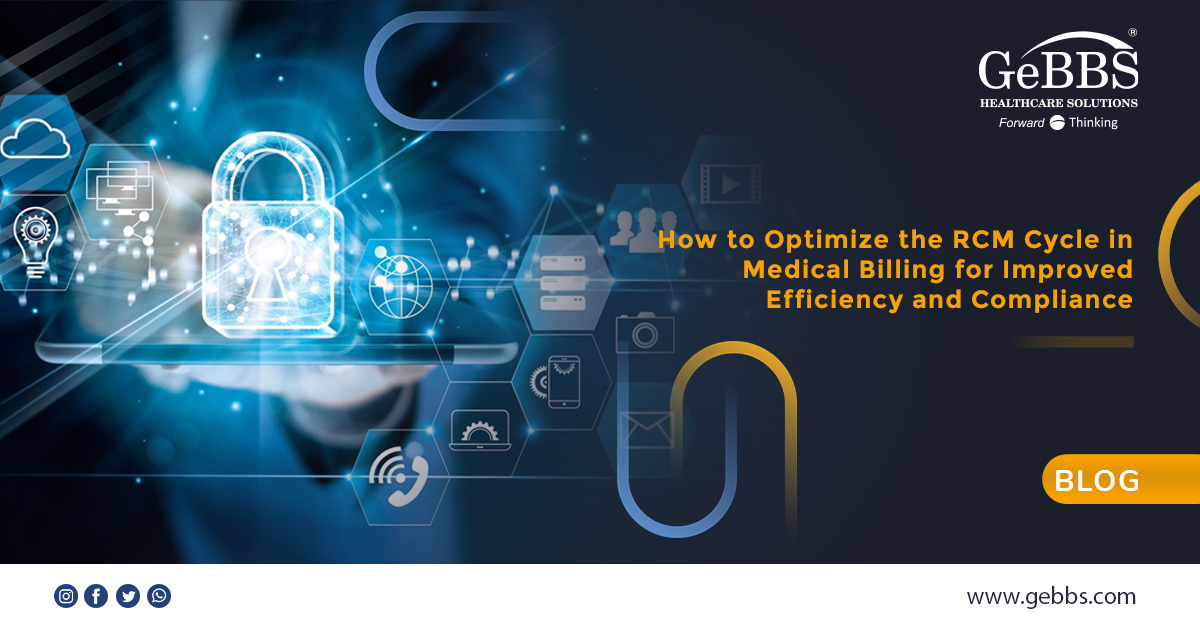Revenue cycle management (RCM) is the lifeblood of healthcare organizations, ensuring seamless billing, coding, and reimbursement processes. Integrating electronic health records (EHR) with RCM systems has revolutionized healthcare operations, bridging the gap between clinical and administrative functions. By combining these systems, healthcare providers can significantly improve efficiency, accuracy, and financial performance.
Understanding the Synergy Between EHR and RCM
The alignment of EHR and RCM systems eliminates silos between clinical and financial workflows. Traditionally, these functions operated independently, creating inefficiencies and data inconsistencies. With integration, patient data seamlessly flows from clinical documentation to billing processes.
For instance, leveraging an advanced EHR system like Epic, Cerner, or Athenahealth enables providers to consolidate patient information, automate coding, and streamline claims submission. Epic, widely recognized for its robust features, supports integration with RCM systems to improve operational efficiency. Case studies have shown that organizations using Epic achieve faster claim processing and reduced errors, resulting in quicker reimbursements.


